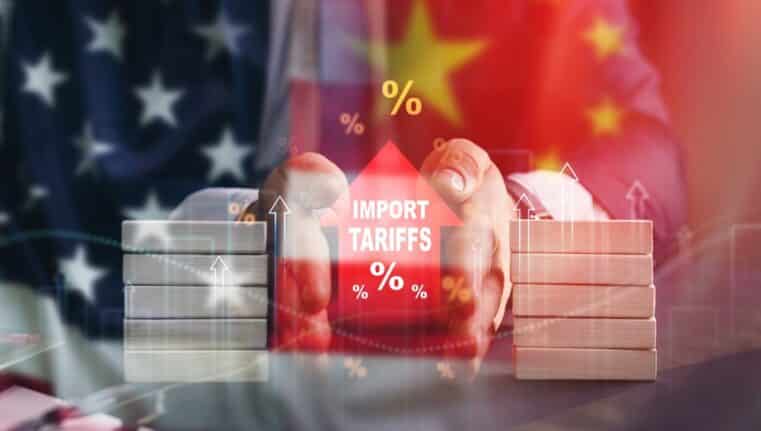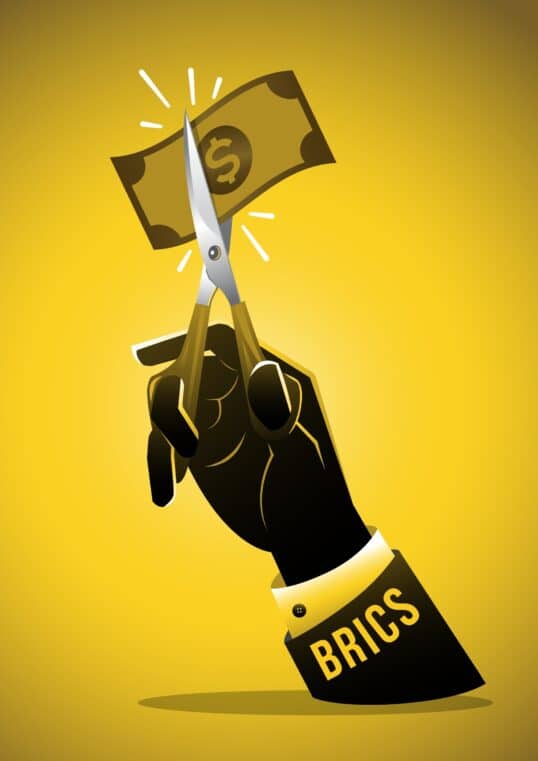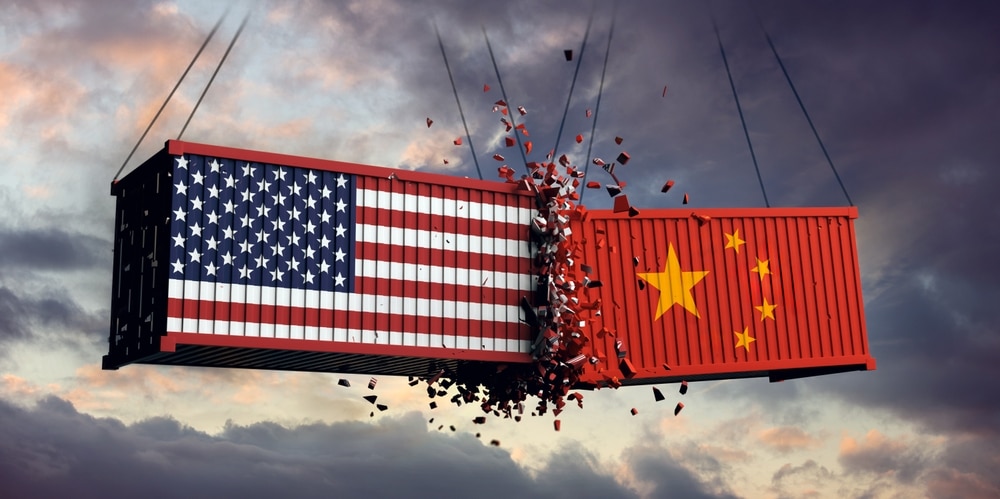
Trump Said No—And BRICS Just Said Checkmate
The Calm Before a Monetary Storm
When India offered a sweeping zero-tariff deal to the U.S., it wasn’t just a desperate bid for favorable trade terms—it was a diplomatic test. One Trump immediately dismissed with a smirk and a swipe on Truth Social: "They have now offered to cut their Tariffs to nothing, but it’s getting late. They should have done so years ago.”
Many in the mainstream media took that at face value. But the deeper story lies not in the offer itself—but in the timing. This proposal came as Prime Minister Modi rubbed elbows with Xi Jinping and Vladimir Putin at the Shanghai Cooperation Organisation summit—a BRICS-dominated stage set explicitly to challenge U.S.-centric economic power structures.
So what was really being offered? Not just zero tariffs—but a chance to keep India within the Western financial orbit.
And the U.S. said no.
India’s Pivot Signals More Than Trade—It Signals Currency Realignment
India's decision to present a zero-tariff deal to the U.S. while simultaneously cozying up to BRICS is no coincidence. Modi's India is sending a signal: “We’re keeping our options open—and leaning East.”
But why does this matter?
Because BRICS isn’t just a diplomatic bloc anymore. It’s an incubator for an alternative global financial system. One that cuts out the dollar. One that aims to dethrone U.S. economic hegemony through bilateral trade agreements, alternative currency settlements, and a growing push for gold- or commodity-backed trade systems.
Let’s be brutally clear: India didn’t offer zero tariffs to build goodwill. It did so knowing it would likely be rejected—then it could turn to BRICS with clean hands and say, “We tried.”
That move isn't just geopolitical jujitsu—it’s a trap door opening beneath the dollar.
Trump’s Rejection: Short-Term Win, Long-Term Risk
From a nationalist standpoint, Trump’s response seems principled. After years of lopsided trade deals, he refuses to reward India’s late conversion. But here's the problem: in doing so, the U.S. might be accelerating its own financial isolation.
BRICS is not bluffing anymore. Brazil, Russia, India, China, and South Africa have already begun building the rails for a multi-currency settlement system—one explicitly designed to bypass the dollar. Add to that the UAE and Saudi Arabia now conducting oil transactions in non-dollar currencies, and you’re looking at a slow but irreversible dethroning of the petrodollar.
Rejecting India’s deal is not just rejecting a trade partner—it’s rejecting a last lifeline to a country that still straddled both East and West. That balance may now be lost.
What This Means for the U.S. Dollar
If the U.S. dollar loses its role as the global reserve currency—and don’t kid yourself, that process is already underway—the consequences will be dire:
- Imported inflation: As fewer countries hold dollars, demand plummets, devaluing your purchasing power at home.
- Exploding interest rates: The U.S. will have to pay more to borrow, as global investors no longer see Treasuries as a safe haven.
- Geopolitical marginalization: When your currency isn’t needed, your influence isn't either.
And here’s the kicker: central banks around the world have already been stockpiling gold at record rates while shedding U.S. Treasuries. That’s not a coincidence. That’s an exit plan.
India is making its move. So are China and Russia. The question is: are you?
Prepare for the New Financial Order
Whether we like it or not, the global financial system is realigning—and not in our favor. The dollar's status is weakening not because of external attacks, but because of internal arrogance. This latest episode with India is one more nail in the coffin of dollar hegemony.
But here’s the truth most won’t tell you: this collapse can be your opportunity—if you prepare.
- Start moving out of fiat instruments and into sound money—gold, silver, and Treasury-issued gold-convertible assets if they become available.
- Diversify your currency exposure. Consider assets denominated in stronger or more insulated currencies.
- Learn about decentralized finance and prepare for a world without the dollar as king.
Because that world is no longer hypothetical—it’s on our doorstep.
Final Thoughts
India’s zero-tariff offer wasn’t just a missed opportunity—it was a red flare shot into the sky. A warning. And the U.S., through pride or policy, just ignored it.
The rest of the world, however, is paying attention. And they're building a system that no longer requires our currency—or our permission.
The dollar is dying. The question now is: will you go down with it, or will you make your exit before the collapse?
Your Financial Sovereignty Starts Here:
📘 Download my free digital book, "Seven Steps to Protect Your Bank Accounts":
👉 Get it here
📗 Grab your discounted hardcover copy of "The End of Banking as You Know It" by Bill Brocius:
👉 Order now for $19.95
Let the sheep sleep. We’ve got a currency to replace.
– Mr. Anderson











